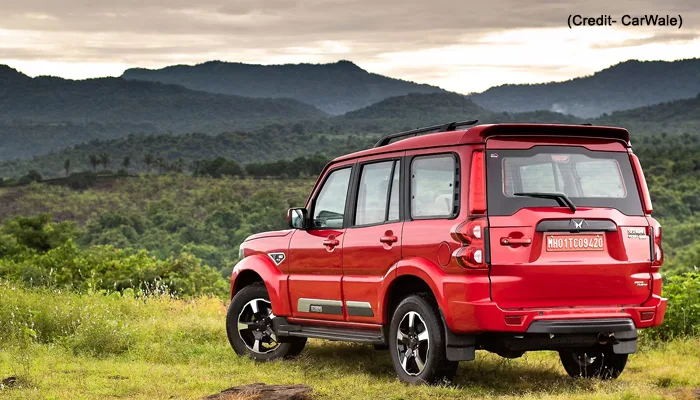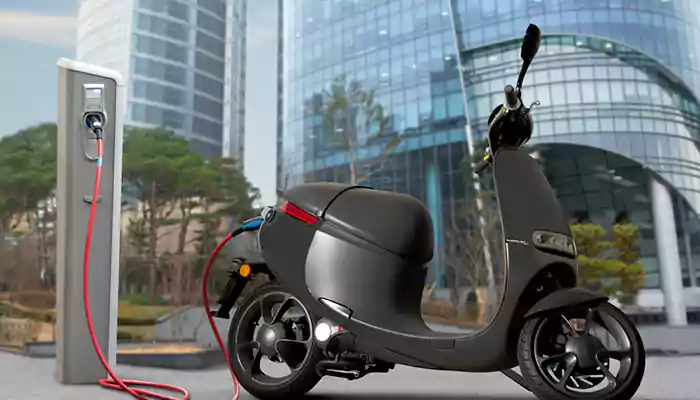Kawasaki Ninja 500 Finally Ends the Ninja 400's Reign in India
- Rohit Chatterjee
- 1 year ago
- 3 minutes read

In 2018, the Ninja 400 was launched at a lofty price tag of INR 4.69 lakh, ex-showroom
After six years of ripping apart the 400cc sports motorcycle segment, the Kawasaki Ninja 400 has bid goodbye to the Indian market. The mini green monster from the Japanese brand is no longer listed on the company’s Indian website because it has been replaced by the Ninja 500. For the record, the Ninja 400 was launched in India in 2018 at a lofty price tag of INR 4.69 lakh, ex-showroom, and the price tag was inflated to INR 5.24 lakh, ex-showroom, by 2024.
Reasons for the discontinuation
For the unversed souls, in February, Kawasaki launched the Ninja 500 in India, which was launched with the intention of replacing the Ninja 400. However, the Ninja 500 and Ninja 400’s price- tags clashed because both were nearly priced at 5.24 lakh, ex-showroom.
After all, both motorcycles arrive in India via the completely built-up (CBU) route, and therefore, they are expensive, unlike the Ninja 300, which is locally manufactured in India and has a more aggressive price. Therefore, it makes no sense for Kawasaki to continue the Ninja 400 because people wish to purchase the more powerful Ninja 500 at the same price tag.
In the last few months, Kawasaki offered significant discounts on the outgoing Ninja 400 to clear the remaining stock, and now, it seems the Ninja 400 is finally off the shelves in India.
Ninja 500
Moving on to the replacement of the Ninja 400, the Ninja 500 is powered by a 451cc, liquid-cooled, four-stroke, parallel-twin, DOHC, eight valves, fuel-injected engine that makes a peak power of 45PS at 9,000rpm and a maximum torque of 42.6 at 6,000rpm. The Ninja 500’s skeleton is a trellis frame made of high-tensile steel, and its suspension duties are handled by a 41mm telescopic fork /120mm at the front and a bottom-link Uni-Trak gas-charged shock with an adjustable preload /130 mm at the rear.
Kawasaki have discontinued the Ninja 400 in India. If you were looking to buy one then you will now have to go for the Ninja 500.
— BikeIndia.in (@bikeindia) May 10, 2024
We tested the Ninja 500 recently. Hit the link in our bio or simply head over to https://t.co/s7e9jhVM1R to read the story.@india_kawasaki… pic.twitter.com/G80iUySnDw
Moving on to tyres, the Ninja is armed with a 110/70R17M/C 54H tyre coupled with a semi-floating 310 mm disc at the front, whereas the rear has a 150/60R17M/C 66H tyre with a 220mm disc. The motorcycle also has an assist and slip clutch, a TFT-LCD instrument panel, and smartphone connectivity.
Ninja 400
Compared to the Ninja 500, the discontinued Ninja 400 was powered by a 398cc, parallel-twin engine that had a peak power of 47.5bhp of power and 38Nm of torque, mated to a six-speed gearbox coupled with a slipper clutch. The Ninja 400 had a top speed of 168 kilogrammes and a top speed of 190 kilometres per hour.
The legendary Ninja 400 is fast enough to make the rider feel as if time has slowed down
Rival
While writing about the Ninja 500, it is critical to mention its rival, which is the brand new Aprilia RS457. Priced at a much more affordable 4.10 lakh, ex-showroom, the RS457 is powered by a 457cc, liquid-cooled, parallel-twin cylinder, DOHC engine that generates a peak power of 47.9hp and has a top speed of 191 kilometres per hour. Before the RS457’s arrival, the KTM RC390 was the Ninja’s closest rival, but now, the Aprilia, with its impeccable build quality and performance, poses a massive threat to the Ninja.












